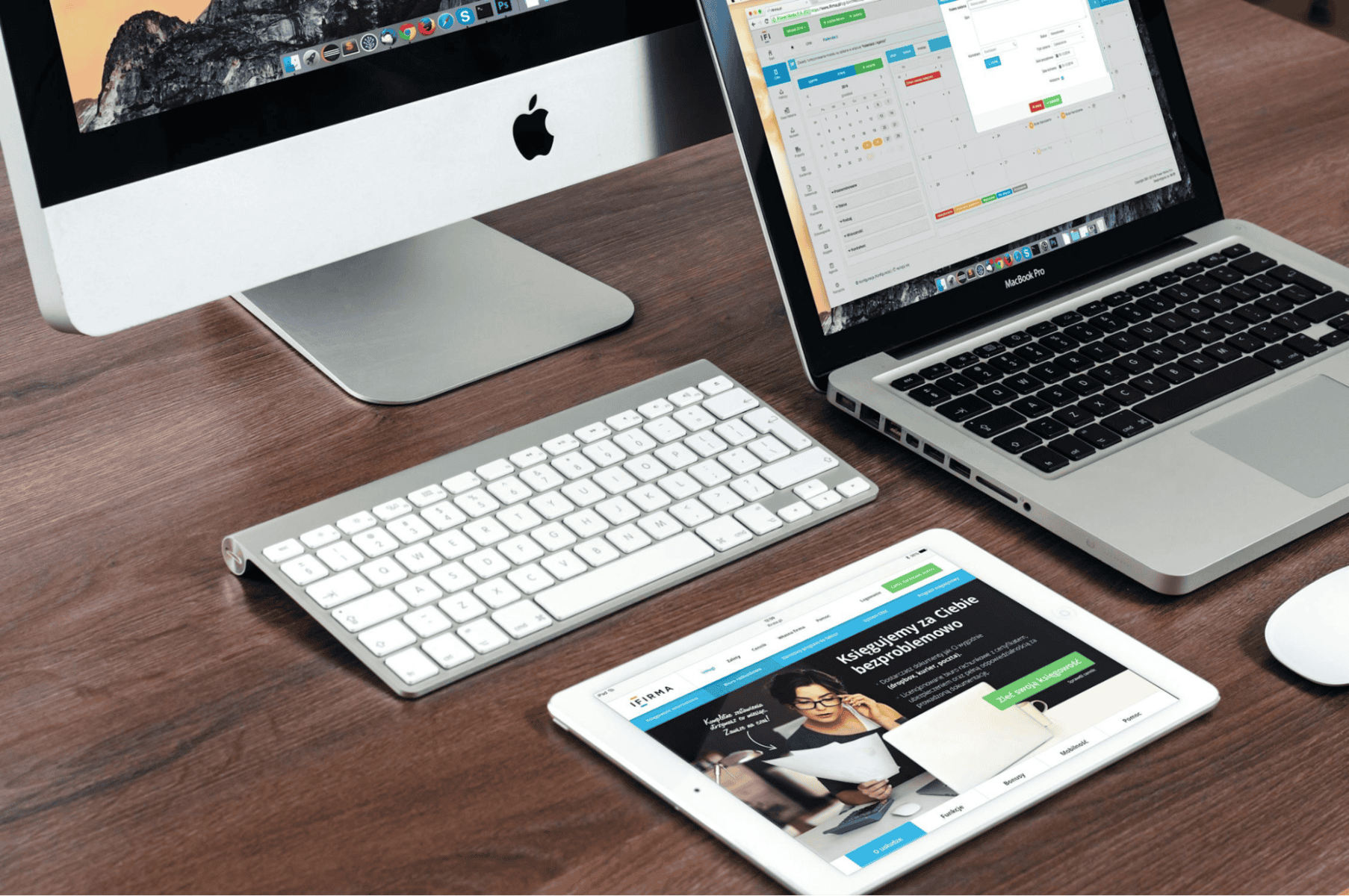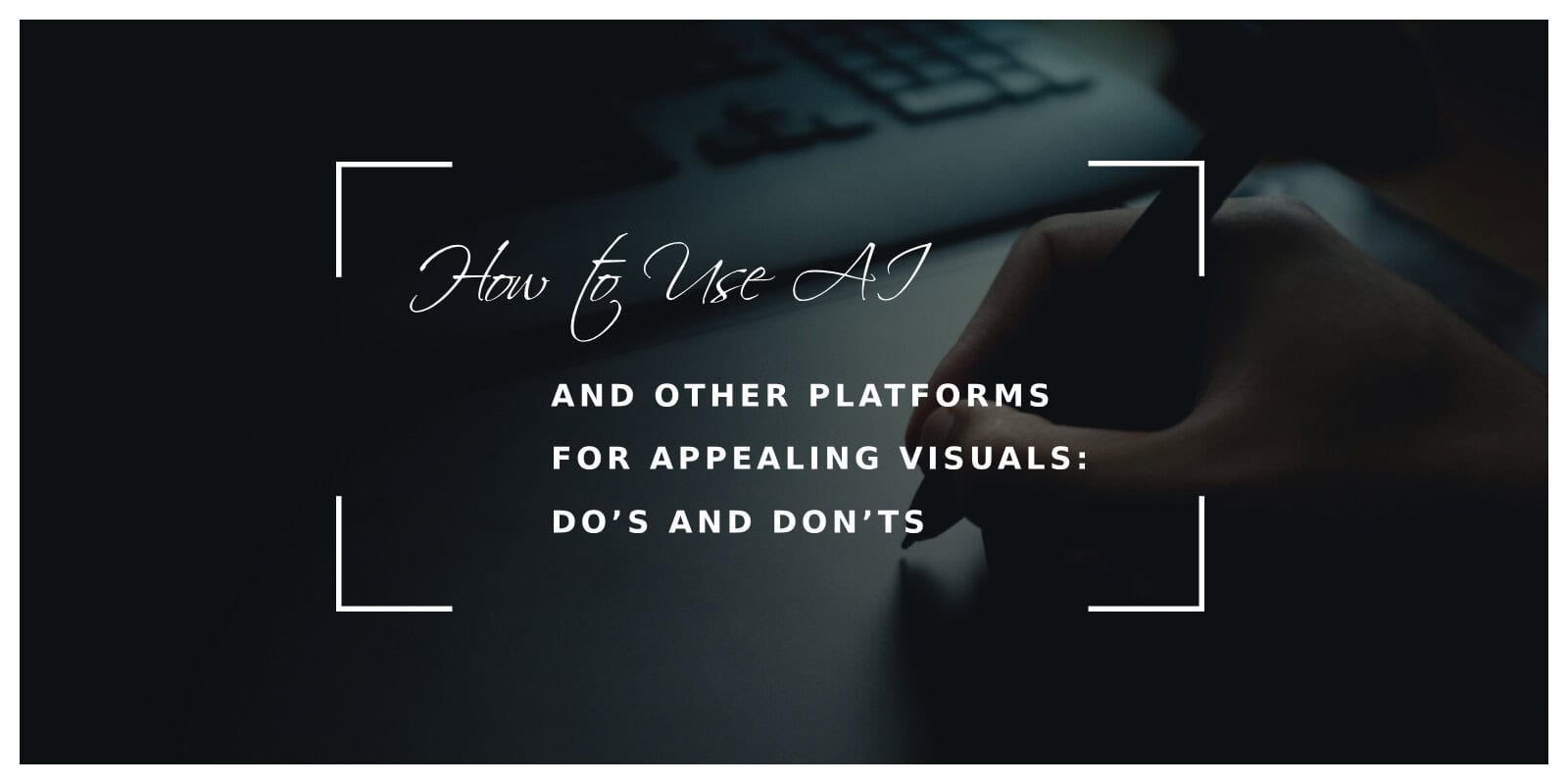What we see and the way we digest any kind of information through our eye sensors is significant for us, especially in the age of digital transformations, where our experiences mostly go through the screen. Developers and those who initiate ideas for digital creation, know this principle very well and try to embrace any positive change for the advancement of their products and services.
When OpenAI released publicly its ChatGPT, everyone was stunned by the capability large language models showed, but down in their hearts, professional users were waiting for the day when the same models would be able to deal with tasks beyond text, things like creating images, video materials, and so on. Today it’s a reality.
With DALL-E, Gemini, Midjourney, and other similar platforms creating hyper-realistic images that sometimes can be barely spotted, the work of designers is going through a huge evolution. Indeed, many of them are worried about one day losing their jobs to AI platforms, but the main task today is to understand how we use AI tools, as well as AI-empowered familiar software (mostly for professional use) such as Adobe Photoshop to create appealing visuals and level up the expectations of any business or startup. So, let’s get into the do’s and don’ts.

Visuals are always important. Literally always
Some might think that depending on the format of their platforms, they might or might not need visual designs, which is a huge confusion. We can always debate about this, of course, but the best way is to prove the theory with real-life examples. Let’s take a break here and talk about the case study of online casino platforms that originated quite recently and could become a mainstream gaming destination for many players around the world.
At first glance, online casinos are simple websites where people visit and play some games, maybe even without paying attention to the design factor. There is no need for creative banners, HD images, and other things for a player to enjoy their poker or roulette game. However, online gambling is a part of the digital world where visual appeal is crucial, hence those developers try many solutions to show creative approaches on their platforms.
One example is themes that online casinos use. Basically, those are topics like Halloween or fruits, based on which the games are presented. This visual creativity isn’t just a right marketing step toward their users but a sign that those platforms are always up to date. Let’s say it’s the Halloween season and everyone is talking about Halloween events and costumes, those casino sites simply jump in and say – Hey, we offer Halloween-themes casino games, by the way. Isn’t it smart? And believe me, smartly chosen visuals are capable of more.
DO:
- Get Experimental: Sometimes we find ourselves stuck in a framework we have been taught from the college or our elder colleagues. It’s great to build upon the experience of others, but let’s not forget that designing is about creativity and freedom of thinking. So, trying out different fonts, and experimenting with various color palettes can always be rewarding as long as it’s done smartly. You might stumble upon something unexpected that perfectly captures your style. It’s all about exploring the possibilities and having fun with the design process! With AI, it’s fully possible to elevate your artistic style while keeping your professional signature.
- Start Simple: Feeling a little overwhelmed by all the options? Templates are a great way to ease into AI design tools, especially for beginners. I think everyone would agree that having a template is always a booster for the work rather than starting everything from scratch. Such templates provide a good foundation, with pre-designed layouts and elements that you can customize to make your own. Simply swap out the images and text, play with the colors, and add your personal touches to create unique visuals.
- Keep it Clean: Creating a minimalistic design is one of the best ways to help people navigate on any digital platform because a clean design makes it easier for viewers to focus on the key message you’re trying to convey.
DON’T:
- Become an AI Clone: While AI is an incredible tool, don’t let it do all the work for you. Infuse your visuals with your own unique personality and creative flair.
- Copycat Chaos: Remember, not everything on the internet is free for the taking. Be mindful of using images or graphics that you have the right to use. Plenty of AI tools offer access to free or licensed stock photos, so there’s no need to risk getting into legal hot water.
- Overdo the Effects: A little bit of AI magic can add some sparkle, but don’t go overboard with filters and effects. You want your visuals to look professional, not like a psychedelic art experiment gone wrong.

These are a few of the suggestions any web and graphic designer may get today, however, the landscape of AI and AI-empowered software is dynamically evolving. Maybe tomorrow Google or OpenAI will announce a new functionality that turns the design creation process upside down. But one thing is unchangeable – the core principles of beautiful design and effective messaging through visuals.

